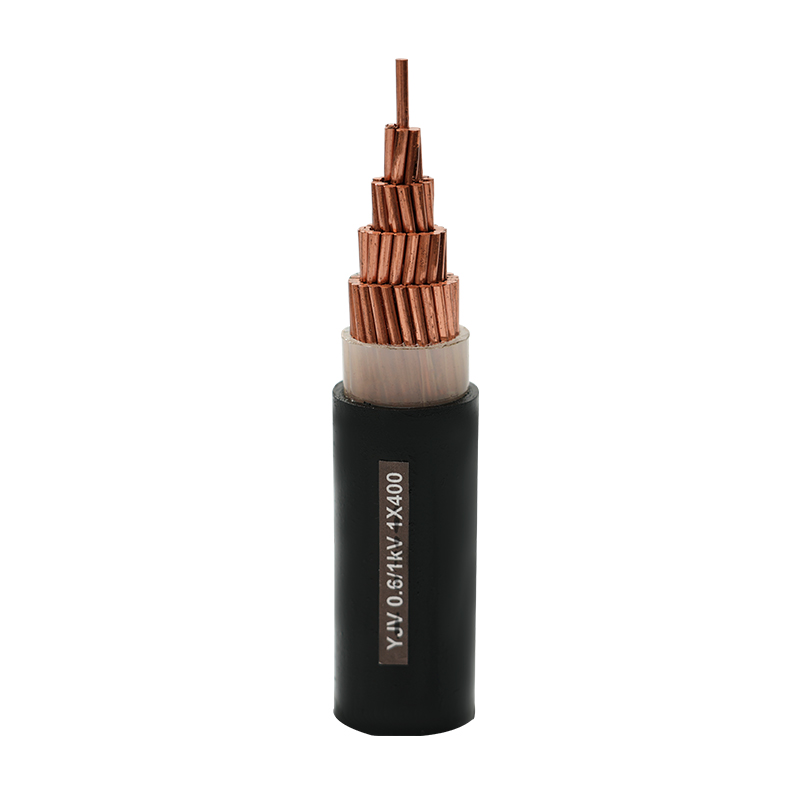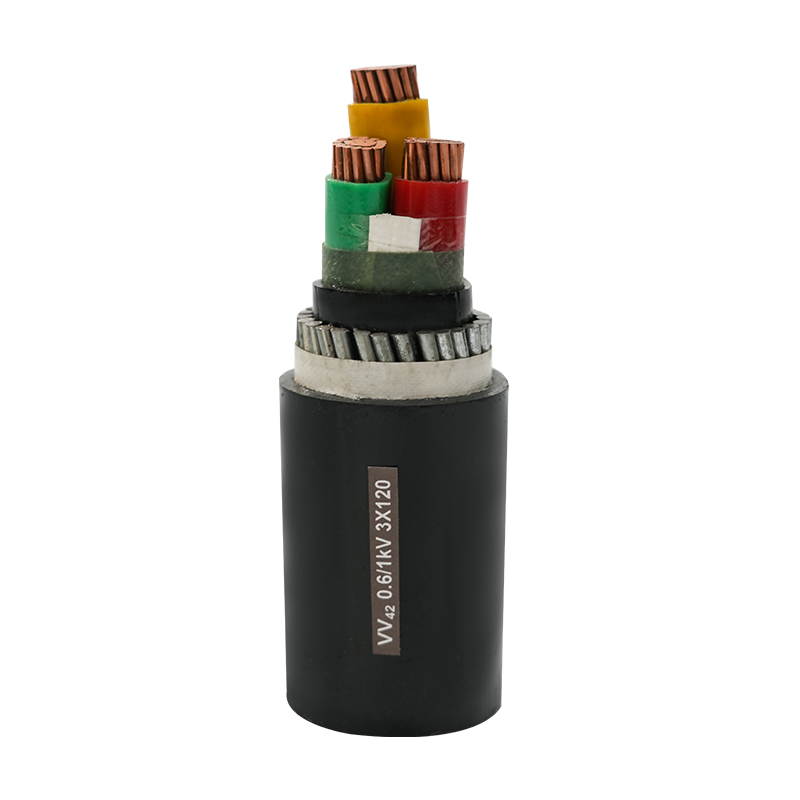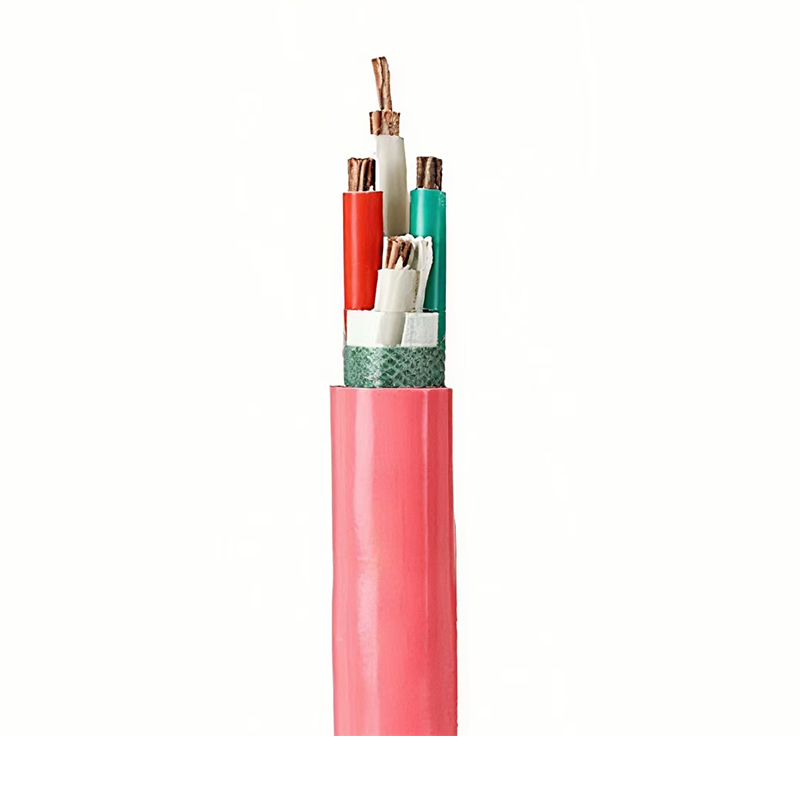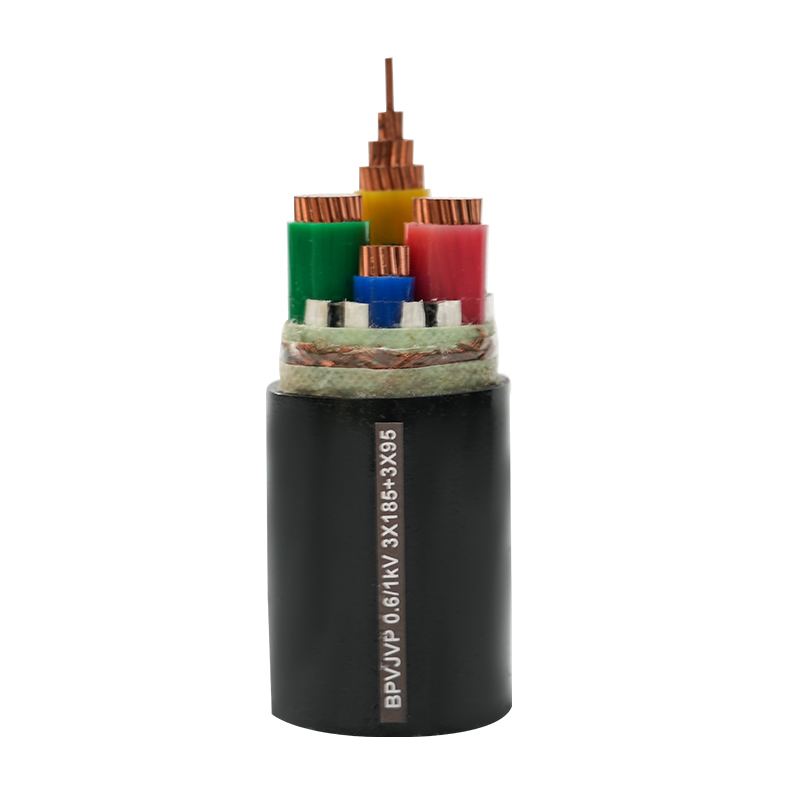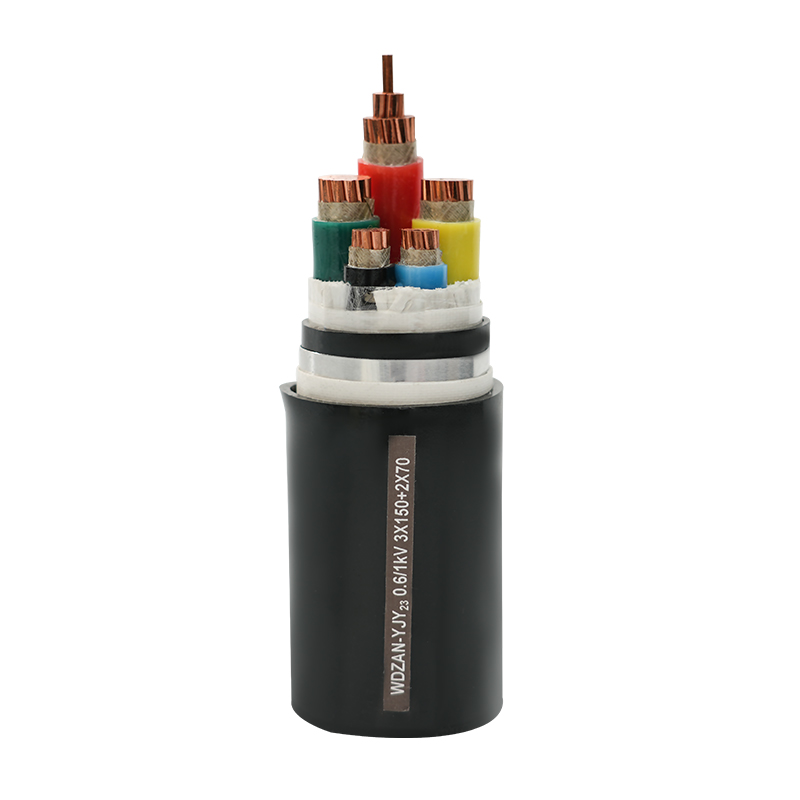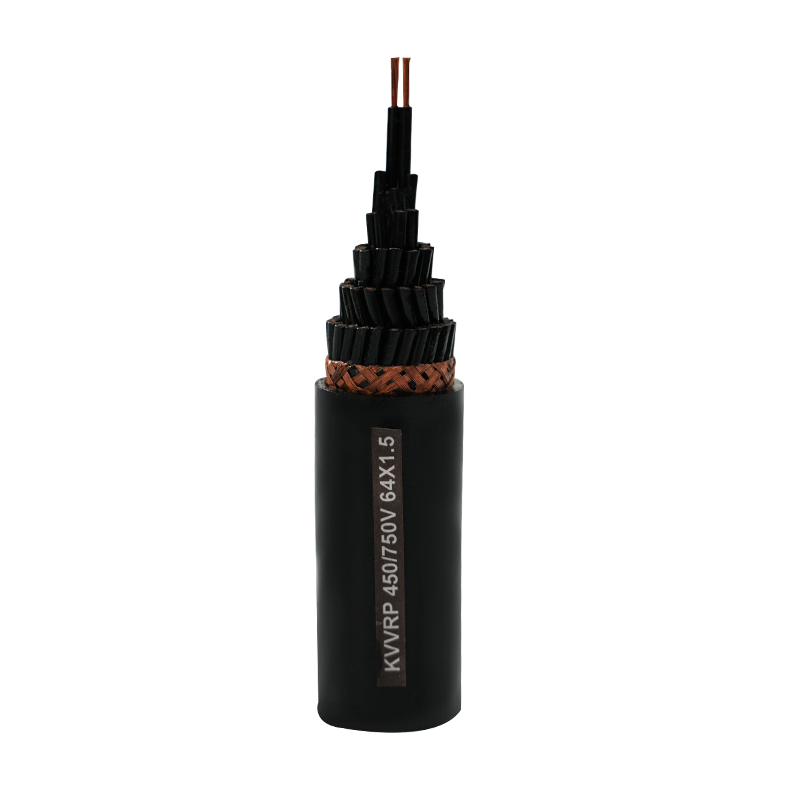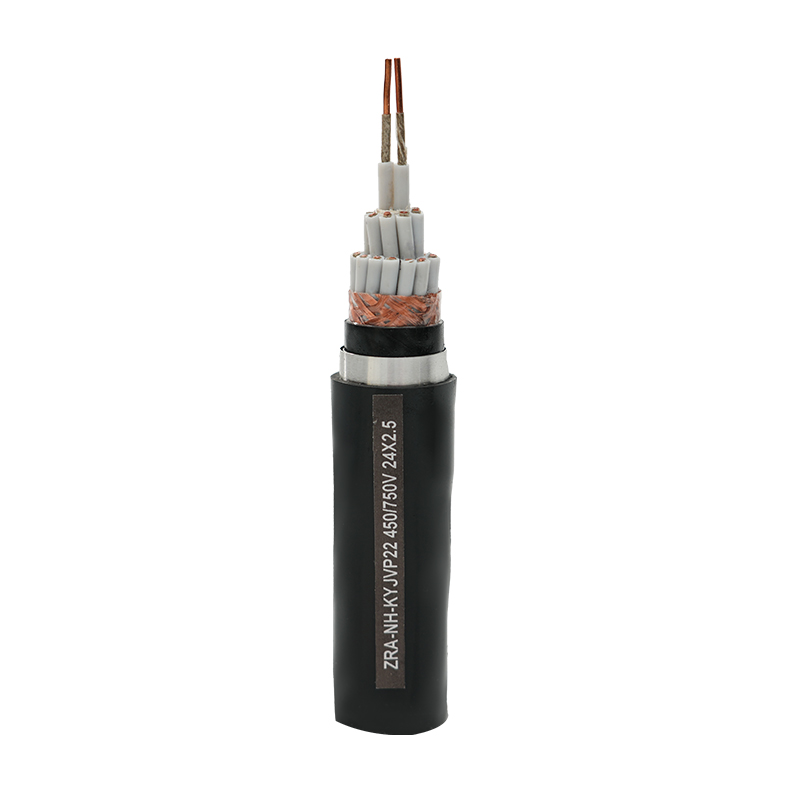1. Is the longer the Video Cable, the better? Signal attenuation is the hard truth
1.1 The natural law of signal transmission
In the era of increasing popularity of modern audio-visual equipment, Video Cables, as an important medium for connecting various display devices, play an irreplaceable role. However, many users tend to fall into the misunderstanding of "the longer the cable, the better" when purchasing cables, but they don't know that the length of the cable directly affects the transmission quality of the signal, especially high-resolution video signals.
1.2 Performance of impaired picture quality
When the signal is transmitted along the Video Cables, signal attenuation will occur due to factors such as resistance, capacitance and inductance. The gradual weakening of the signal strength causes the final picture to be blurred, distorted in color, or even intermittent. This effect is particularly obvious on 4K and 8K resolution devices. If users ignore the length of the cable, they often spend a lot of money to purchase high-end display equipment, but they cannot exert its full performance due to cable limitations.
1.3 Special requirements of high-resolution equipment
Signal attenuation is not only caused by length, but also closely related to the material, shielding performance and manufacturing process of the wire. Thick and high-purity copper wire with a good shielding layer design can slow down the attenuation to a certain extent, but in the face of physical laws, overly long wires will inevitably produce quality degradation. Therefore, reasonable control of wire length is the basic principle to ensure the integrity of video signals and picture clarity.
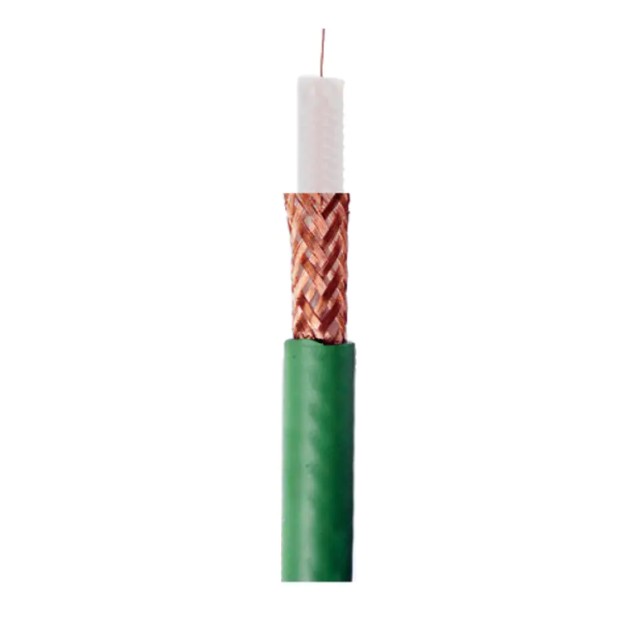
2. Analog signals and digital signals: Which one is more afraid of wire length?
2.1 Analog signals are more sensitive to wire length
Video signals transmitted by video cables can be roughly divided into analog signals and digital signals, and the sensitivity of the two to wire length is different. Analog signals are particularly sensitive to attenuation due to their continuity characteristics. As the length of the wire increases, the signal gradually weakens and distorts, and the final picture has serious distortion, color deviation, and increased noise.
2.2 Advantages and limitations of digital signals
Although digital signals use coding and error correction mechanisms, they can reduce the impact of attenuation to a certain extent, but they are not invincible. When the length of the digital signal cable exceeds a certain threshold, signal loss, screen freezes, or even black screens will still occur. Especially under high-speed transmission such as the HDMI 2.1 standard, high bandwidth requirements are more stringent on cables, and any deficiency will affect the user experience.
2.3 Signal stability determines image quality
In addition, the structural design, shielding effect, and anti-interference ability of the cable are also important factors affecting signal quality. Even for cables of the same length, high-quality design and materials can bring more stable signal transmission performance. Therefore, in addition to length, choosing the right cable specifications is equally important.
3. How to scientifically choose Video Cables in the era of high resolution?
3.1 Users ignore the importance of Video Cables
With the advent of the 4K and 8K ultra-high-definition era, Video Cables are responsible for higher bandwidth transmission tasks, and users' requirements for cable performance are rising. But unfortunately, most consumers often only look at screen parameters when purchasing high-definition equipment and ignore the importance of cables.
3.2 High-resolution video places high demands on cables
For most home users, it is recommended that the length of Video Cables be controlled within 1.5 to 3 meters to ensure stable signal transmission and excellent picture quality. If ultra-long distance connections are required, such as conference systems, surveillance cameras, etc., signal amplifiers, relay equipment, or optical fiber hybrid cables should be used to compensate for the signal attenuation caused by the cable length.
3.3 Rational selection of cables and control of cable length
In addition, users should not blindly pursue "the thicker the better" cables. Reasonable wire diameter combined with advanced shielding design and material technology is the key to improving signal anti-interference ability and transmission quality. High-quality cables often use multi-layer shielding and low-resistance copper cores, which can effectively prevent external electromagnetic interference and signal attenuation.
Although video cables seem to be simple accessories, they are the "invisible heroes" that affect video quality. It is an indisputable fact that excessively long cables cause signal attenuation and significantly reduce picture quality. Especially in high-resolution video transmission such as 4K and 8K, reasonable cable length control and high-quality cable selection are the key to ensuring signal integrity and picture quality performance. With the development of audio and video technology in the future, the importance of video cables will become more prominent, and consumers' rational choice of cables will become the only way to obtain the ultimate visual experience.

 English
English 中文简体
中文简体 русский
русский عربى
عربى